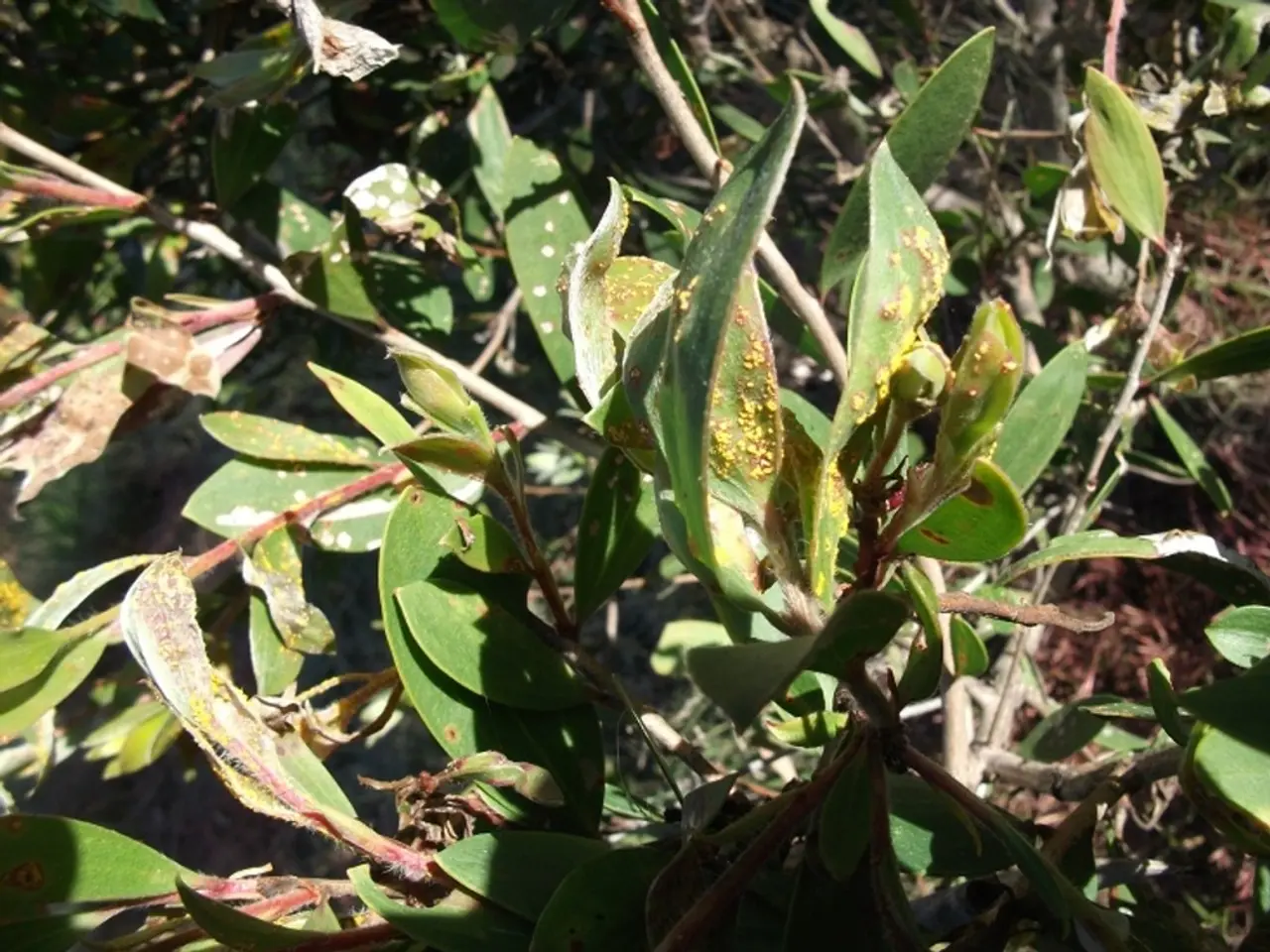Transforming Land-Based Plants to Aeroponics: A Comprehensive Guide for the Process
Transitioning aeroponic plants to soil requires careful planning and consideration to ensure a smooth transition and minimize transplant shock. Here's a step-by-step guide to help you make the transition successfully.
1. Timing and Plant Maturity
Choose the right moment to transition your plants. This should be when they have developed a strong, healthy root system but are not overly large—typically at the early flowering or late vegetative stage depending on the species.
2. Gradual Acclimatization
Aeroponically grown roots are accustomed to constant moisture and high oxygen exposure. To avoid shock, gradually reduce misting frequency leading up to transplant and allow roots to adapt to soil conditions.
3. Root Preparation
Before moving to soil, rinse roots gently to remove any residue from the aeroponic system. Trim any damaged or overly long roots to encourage healthy growth in soil.
4. Soil Selection and Preparation
Use a loose, well-draining, nutrient-rich substrate that mimics natural conditions, ensuring it supports root aeration while retaining sufficient moisture. For example, soil mixed with perlite or coco coir is effective.
5. Careful Transplanting
Plant roots delicately into the soil to prevent damage. Ensure roots are spread out without bending or crowding and cover them lightly without compacting the soil.
6. Moisture Management
Initially keep soil consistently moist (not waterlogged) to compensate for the change from mist to soil; over time, adjust watering to suit the plant’s needs.
7. Environmental Control
Protect transplanted plants from extreme stress factors such as direct harsh sunlight, wind, or low humidity until they establish. Maintain optimal temperature and humidity similar to the aeroponic system if possible.
8. Nutrient Adjustment
Transition slowly from the nutrient regimen used in aeroponics to soil fertilization, as nutrient availability and uptake differ. Monitor for signs of deficiency or excess and adjust accordingly.
9. Monitoring and Support
Observe plants closely for signs of transplant shock such as wilting, leaf drop, or slowed growth and provide support like shading or supplemental humidity if required. Support stems if needed.
10. Patience and Gradual Fertility Increase
Allow roots time to explore the soil and establish new growth; avoid over-fertilizing during the initial weeks post-transfer.
Best Practices and Considerations
- Aeroponics systems provide roots constant oxygen and moisture, so sudden transfer to soil can cause stress; gradual acclimation improves survival.
- Use soil types and substrates tailored to the specific plant's natural growth habits.
- For crops like groundnuts with unique underground development needs, consider hybrid systems combining aeroponics for early stages and soil beds for later stages.
- Aeroponically grown plants are often more fragile during transition due to root adaptations and require gentle handling.
- Maintain environmental controls close to the aeroponic growing conditions initially for smoother adaptation.
Additional Tips
- Provide support for tall or top-heavy plants with a bamboo stake or tomato cage.
- A few days before transplanting, reduce the strength of the hydroponic nutrient solution by half.
- For the first few days, place plants in a location with bright, indirect sunlight. Gradually increase sunlight exposure over a week.
- Plants should be placed in a well-lit area for about a week before moving to a sunny location.
- Bottom watering can help the plants adapt to their new environment.
- Avoid letting the soil dry out, as this can cause wilting and even lead to the death of the plant.
- Embracing vegetable gardening can enhance your lifestyle by providing you with home-grown produce. Cooking with fresh, organic vegetables not only increases the flavor of your dishes but also contributes to a healthier food-and-drink regime.
- Incorporating a hobby like aeroponic gardening can engage your interest in both fashion-and-beauty and home-and-garden elements. The transition process from aeroponically grown plants to soil can be an engaging project that transcends these two categories.
- Once fully established in soil, non-traditional crops like aeroponically grown plants can be cooked and included in your meals, promoting vegetable gardening as a holistic addition to your lifestyle.




